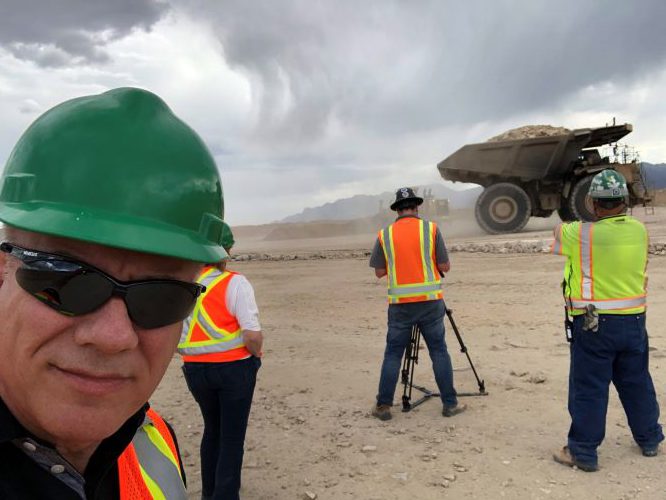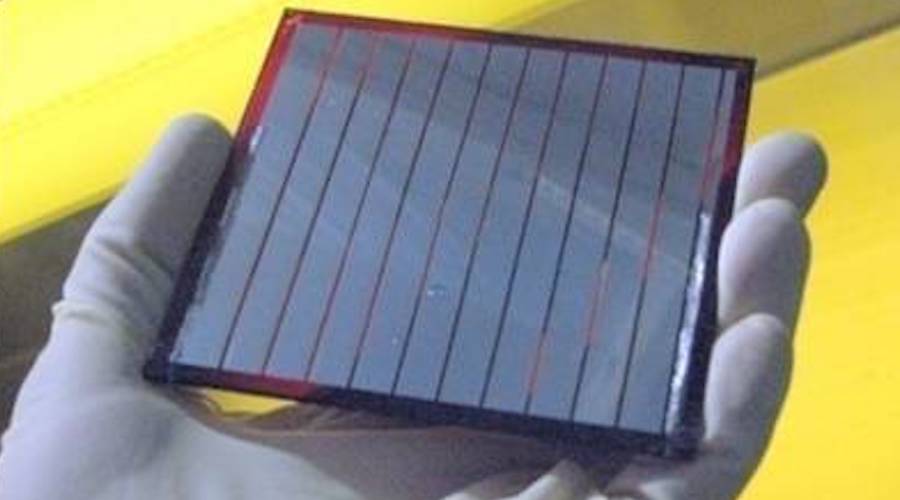Fleet Space wins moon to mars grant to develop off-world gravity sensing tech


Last year, Fleet Space deployed its next-generation Centauri-6 satellite on SpaceX’s Bandwagon-1 mission, launched aboard a SpaceX Falcon 9 from Launch Complex 39A at the Kennedy Space Center in Florida.
With potential missions to the Moon and Mars in the coming years, the company said the grant will help rapidly assess subsurface structures, optimise landing site selection, rover navigation, infrastructure planning, and enhance potential resource estimation.
The upcoming deployment of the company’s lunar seismic technology, SPIDER, on the Moon as part of Firefly Aerospace’s second Blue Ghost mission in 2026 will search for water ice deposits and deliver local 3D mapping of the lunar subsurface.
The technology underlying SPIDER is already being used by Rio Tinto, Barrick, GoldFields, and Ma’aden at scale on Earth as part of Fleet Space’s terrestrial end-to-end exploration platform, ExoSphere. By deploying SPIDER on the Moon in 2026 and developing next-gen off-world gravity sensors, Fleet Space said it has taken another critical step toward building an integrated, hyper-scalable exploration system for new worlds.
“A vital part of optimising the ROI of every un-manned or manned mission depends on miniaturised, rapidly deployable, and highly scalable exploration technologies that can rapidly gather high-quality subsurface data from the landing site to identify and build a viable base of operations,” chief exploration officer Matt Pearson said in a news release.
“Leveraging Fleet Space’s terrestrial end-to-end mineral exploration platform, ExoSphere, as a blueprint – we have created a model for a hyper-scalable, off-world exploration system designed to operate at the planetary level,” Pearson said.
This post has been syndicated from a third-party source. View the original article here.



